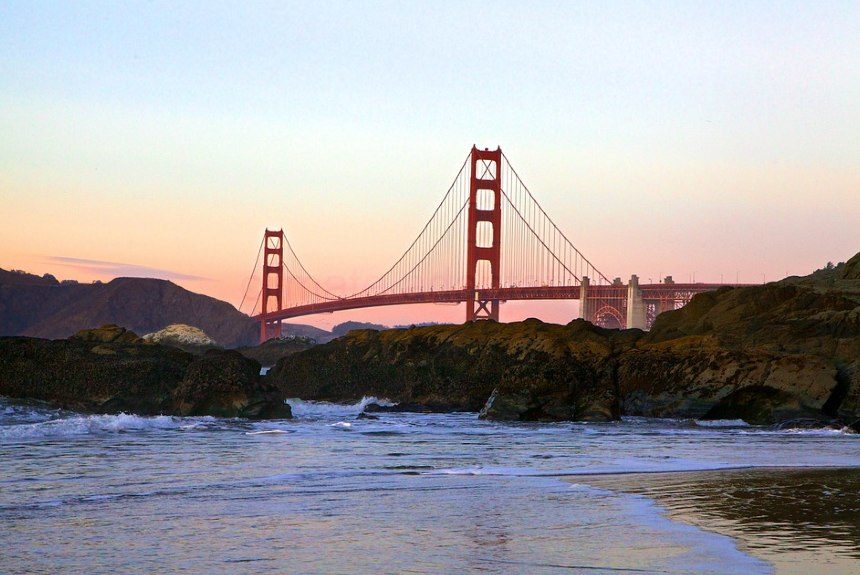Climate change is making environmental disruptions more extreme and frequent, affecting infrastructures that can have safety and well-being implications for the population it serves.
In recent years, as we have seen on news headlines, high-intensity storms, severe wildfires, and high coastal waters have caused massive disruptions in communities worldwide. Studies have shown that this climate trend will continue, and infrastructure should adapt and build resilience to these future scenarios.
Because infrastructures are interdependent and linked to one another, doing adaptation in one area – in this case, building a seawall to protect against rising sea levels, can lead to flooding in other communities along the coast and affect traffic beyond the flood hazard zone.
A new study examines the disruptive effects of climate adaptation on infrastructures – particularly on road traffic in the San Francisco Bay Area, which is already battling sea-level rise.
The study used a coastal storm modelling system to model the hydrodynamic impacts of each county’s coastal protection and a simulation of potential traffic impacts based on the present roadway infrastructure and existing commuter data. The integration of the coastal modelling and the result of the simulation allowed them to see how one county’s decision to build shoreline protection or not affects local drivers’ travel times.
The study’s findings show that when a county decides to protect its shorelines, it will cause increased flooding in its neighbouring counties. However, when a county chooses not to protect their shorelines, flooding of critical infrastructure will occur in their area, which will push their drivers to find other routes – routes that sometimes cannot handle high volumes of traffic, which can result in congestion and longer travel times up to 10.7%.
The study demonstrates the complexities of predicting the impacts of climate change on infrastructure, considering its interconnectedness. It emphasizes policymakers’ need for holistic and strategic approaches when adapting infrastructures to climate change.
Source:
Hummel, M., Siwe, A., Chow, A., Stacey, M., & Madanat, S. (2020, September 10). Interacting Infrastructure Disruptions Due to Environmental Events and Long-Term Climate Change. Advancing Earth and Space Science. Retrieved from Interacting Infrastructure Disruptions Due to Environmental Events and Long‐Term Climate Change – Hummel – 2020 – Earth’s Future – Wiley Online Library



Leave a Reply